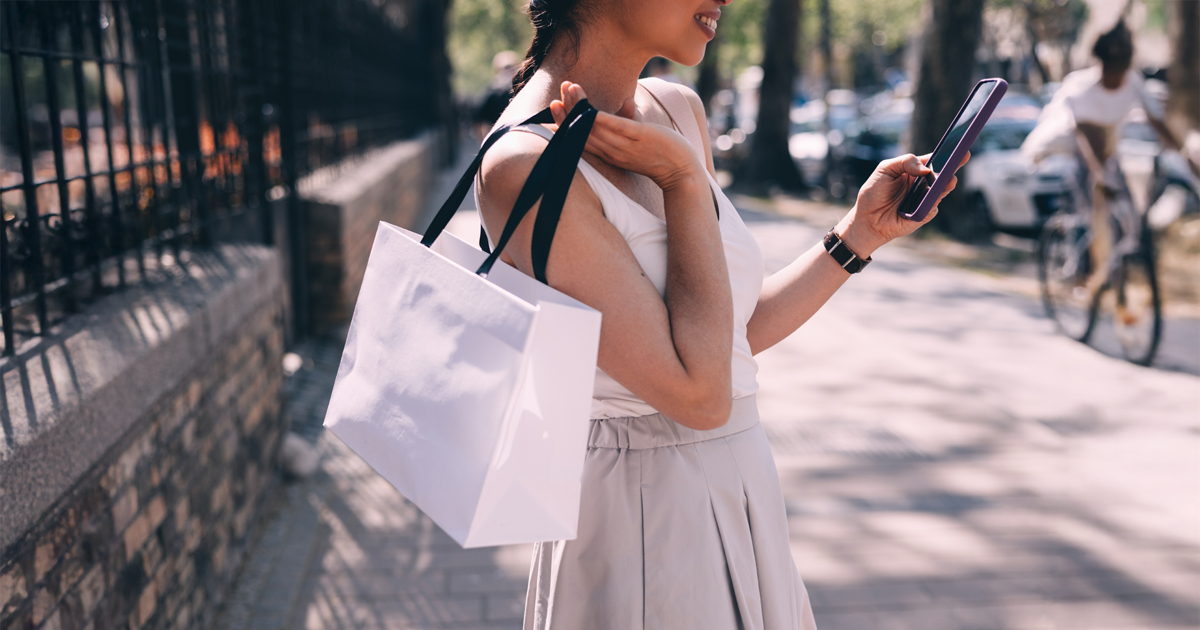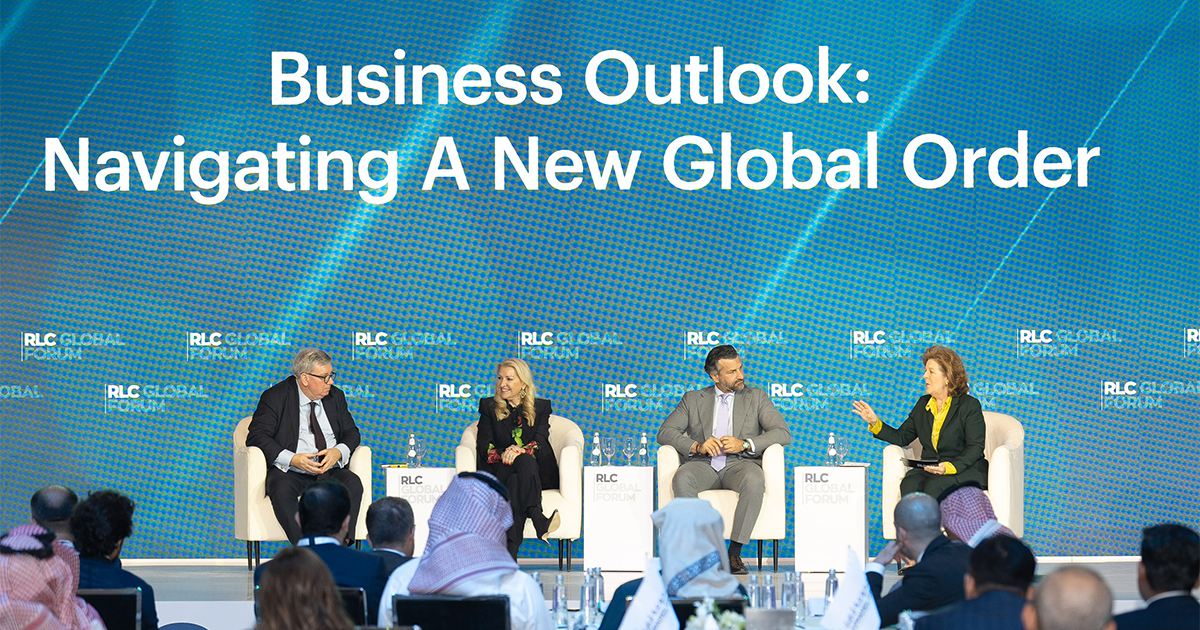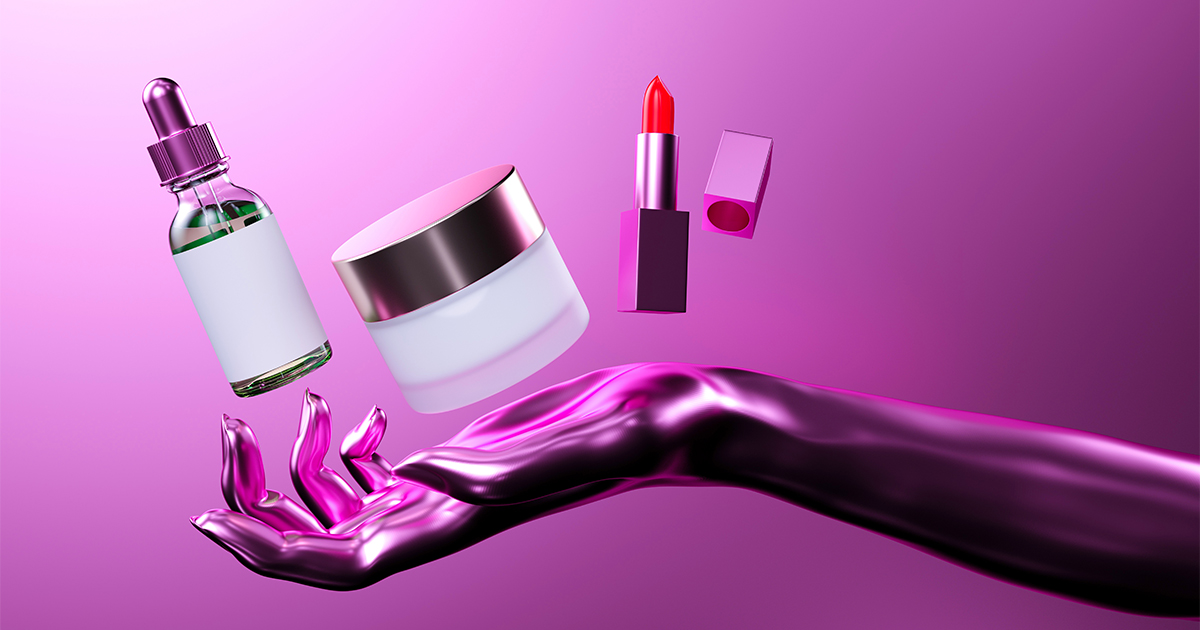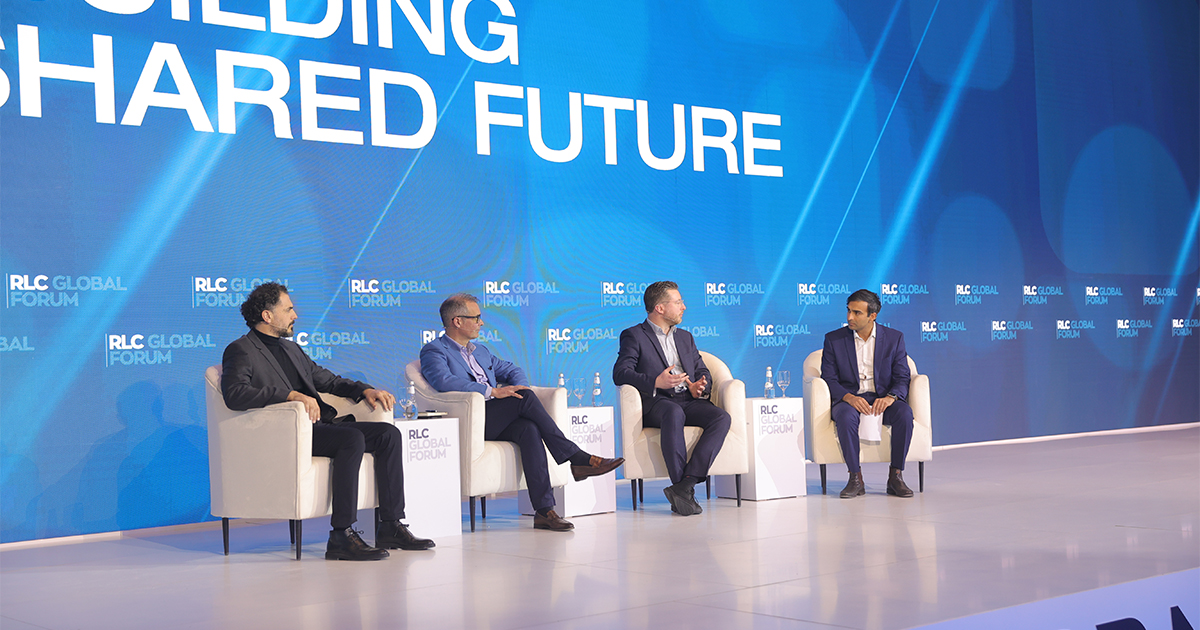Let’s get something straight. The old model of e-commerce—price, convenience, and a click-to-cart mentality—is rapidly becoming obsolete. Nowadays, consumers are watching, sharing, reacting, engaging, and then, buying. Welcome to shoppertainment, where entertainment is the engine, and commerce is the byproduct.
The shift is more than generational and it’s bigger than TikTok. It’s a structural transformation of how people discover, evaluate, and purchase products. And any retailer still thinking in clicks and carts, is playing the wrong game.
The store experience moves online
In the physical world, we’ve always known that shopping is social. Malls, pop-ups, flagship stores. The whole experience was all about touching, modelling, and sharing the moment with friends or strangers.
What TikTok has figured out is how to replicate that emotional experience online. As Shant Oknayan, VP of Global Business Solutions at ByteDance, put it at the 2025 RLC Global Forum in Riyadh: “Consumers go to physical stores to enjoy themselves. Now they expect the same online—and they’re getting it”.
China is already there. Live shopping in the region has topped $500 billion, and platforms like Douyin are pulling ahead of legacy players like Alibaba. Why? Because they’ve made commerce watchable with influencers hosting live sessions, AI-driven personalization, and entertainment that actually converts.
Shoppertainment is eating e-commerce
This isn’t some fringe trend limited to Gen Z lip. In the GCC, social commerce is growing at 30% annually, and 20% of Saudi consumers already buy through social platforms. And yes, Boomers are on board too, motivated by trust, community, and peer validation.
Here’s what that means: Content is now more powerful than coupons and loyalty schemes. According to TikTok, 79% of consumers prefer content over discounts, and 81% want discovery, engagement, and checkout to happen in the same feed. Shoppers don’t want to be sold to. They want to be entertained, informed, and inspired before they ever consider buying.
Consumers trust communities, not brands
Here’s the hard truth: Brands have lost control of the story. Consumers don’t trust ads. They trust other consumers. They trust creators. They trust “#TikTokMadeMeBuyIt”—which, by the way, has generated billions of views.
Oknayan said it best: “The role of communities online is to describe products better than brands do”. Whether it’s #BeautyTok, #PetTok, or #MomTok, these content-driven micro-communities are doing the heavy lifting of discovery and influence. They’re the new sales force—and they don’t work for you. According to TikTok, 85% of users have bought a product after seeing it on the platform, often influenced by creator-led content. Bottom line? Brands no longer control the story. They need to fuel it. That means giving creators the tools, trust, and freedom to sell in their own voice.
Live shopping & AI: Retail’s new engine
Want a glimpse into the future? Try a “live farm” in Indonesia: 60 studios in one building, streaming 24/7 with product demos, creator interactions, and real-time engagement. It’s not just for makeup tutorials. They’re selling cars. They’re selling real estate. A single luxury customer in London spent €80,000 in one month via live shopping!
I’ll just let that sink in.
This is the new storefront. It’s real-time, two-way, emotional selling. And it works.
Guess what’s powering all this? AI. Platforms like TikTok Symphony now analyze trends, write scripts, generate videos, and localize content at scale. But it’s not about replacing humans. It’s about amplifying the content that drives conversion. According to ByteDance, AI-driven personalization has already boosted retail conversion rates by up to 25%.
You know where this is going…
Turning content into commerce: The PACE strategy
Virality is nice. Consistency is better. And that’s where the PACE framework comes in: Personas, Assortment, Content, Enablement.
It’s not rocket science, but it works. Samsung in Thailand tailored messaging by persona—beauty influencers got camera features, gamers got processing specs—and saw a 63% increase in order value. Nivea built a library of diverse content across creators and formats. L’Oréal unified digital, sales, and marketing under one leadership team with shared KPIs. The results? More than likes. Growth, consistency, and real ROI.
Add to culture, not just cart
We’ve spent decades training consumers to click “add to cart.” That game is over. Today, the real power lies in “add to culture.” Influence is peer-driven. Content is king. AI is the engine. And shoppertainment is the strategy that binds it all together.
Traditional e-commerce is getting disrupted in real time. What’s emerging in its place is a more immersive, creator-led, and culturally driven retail model. One where influence matters more than impressions and entertainment drives action. In one word: Shoppertainment.







